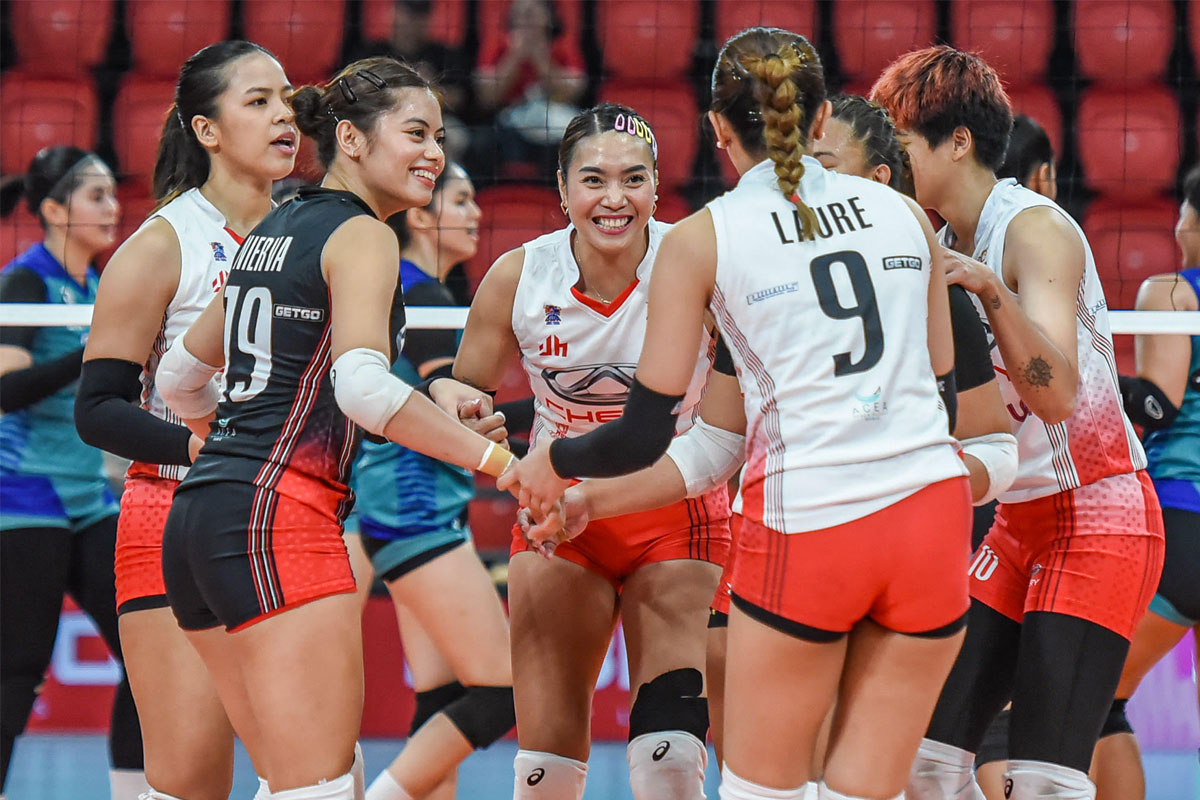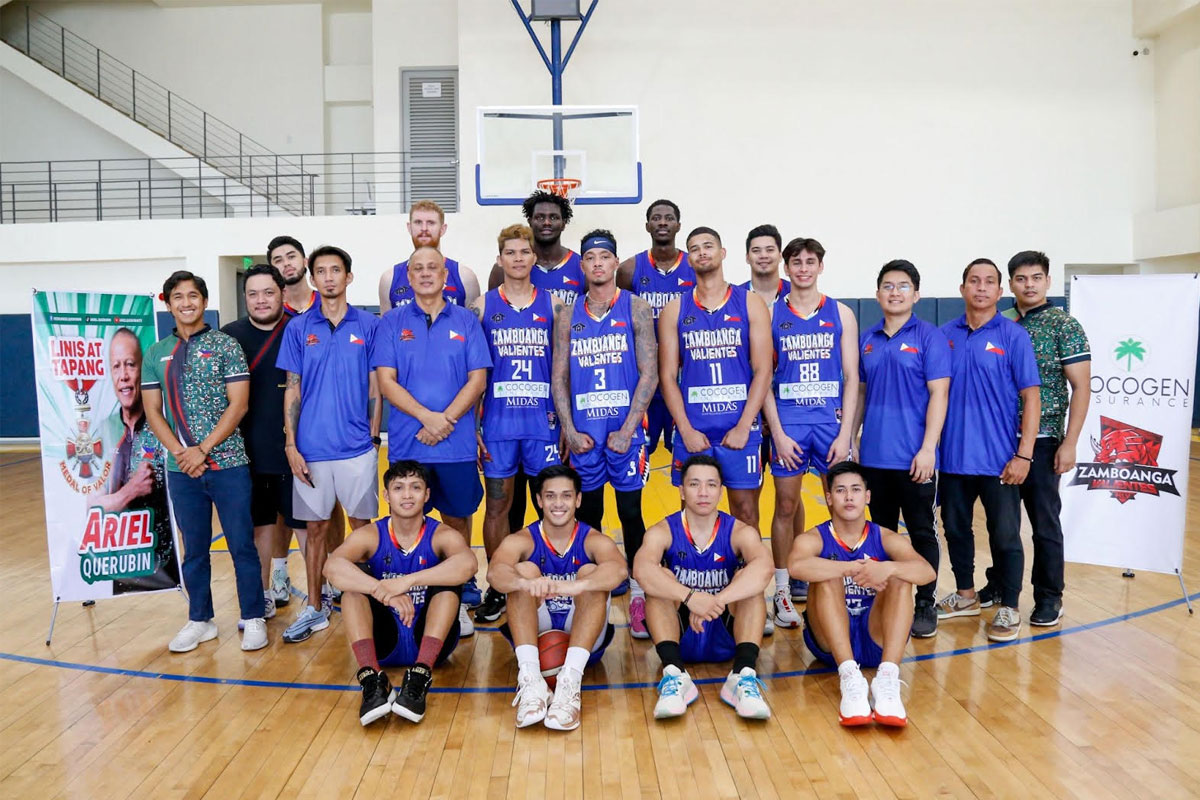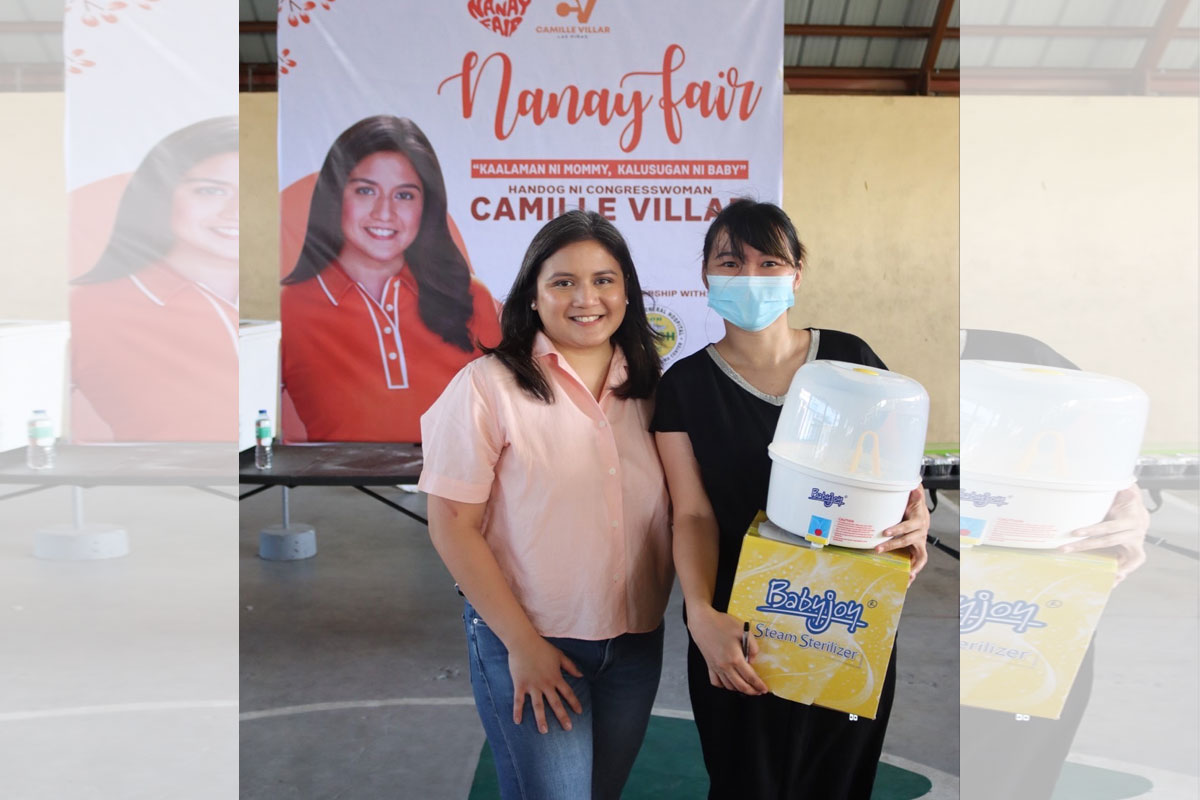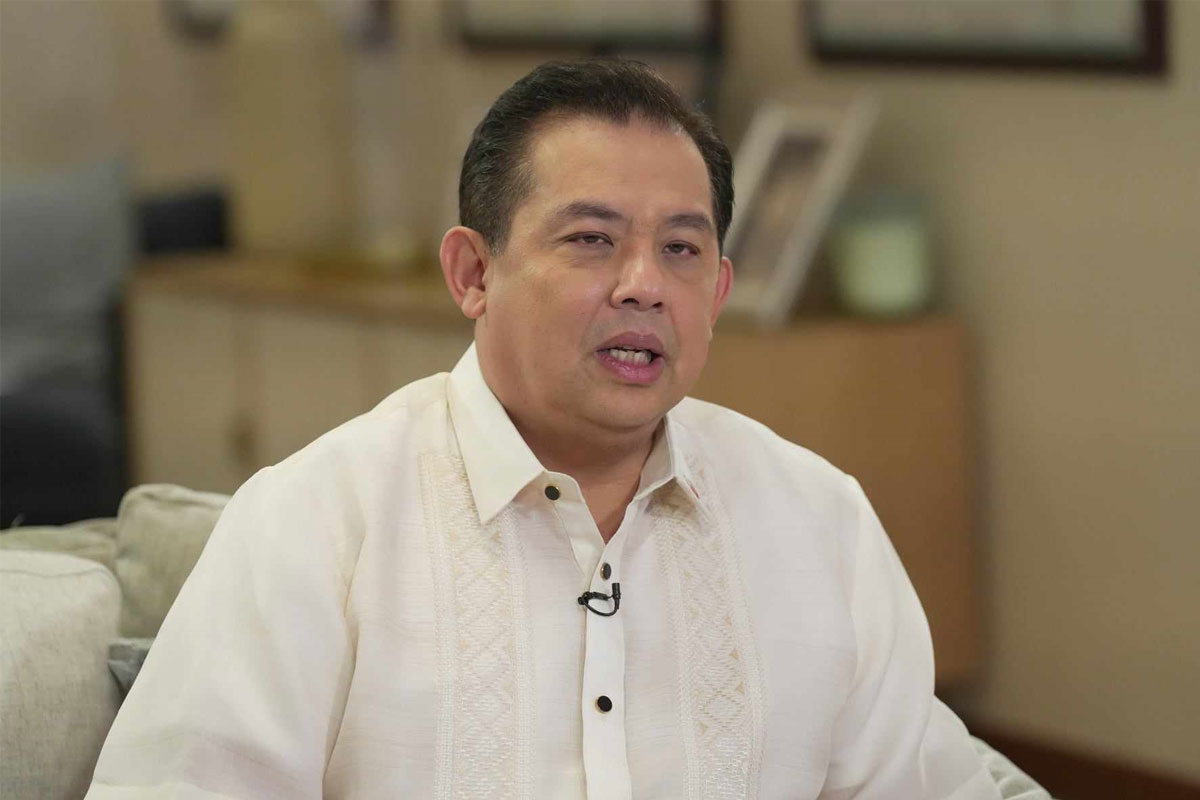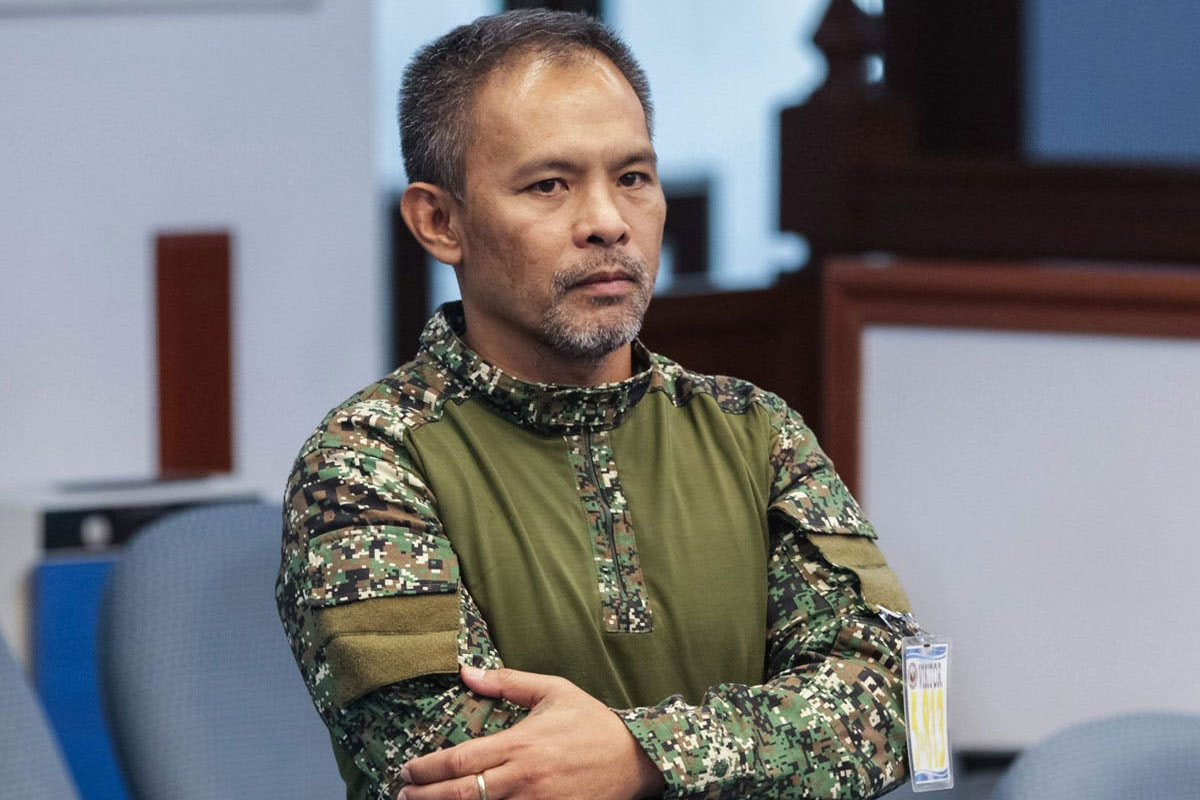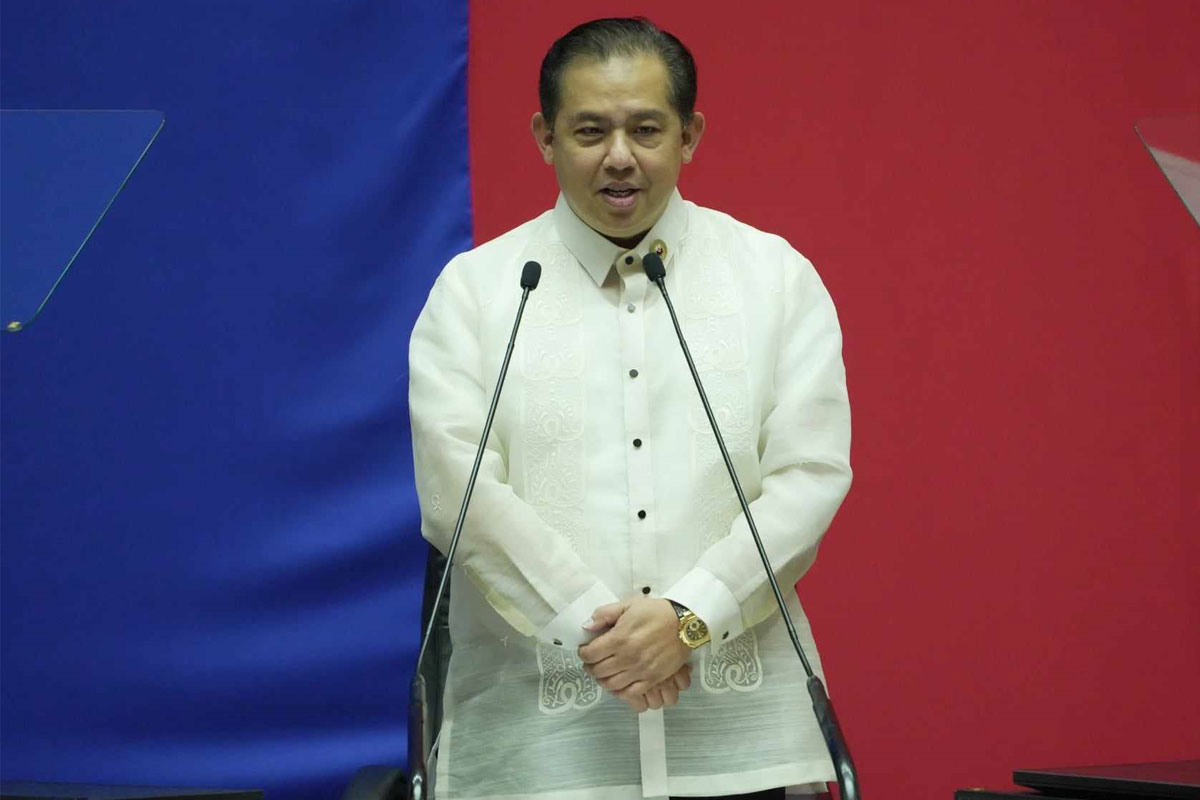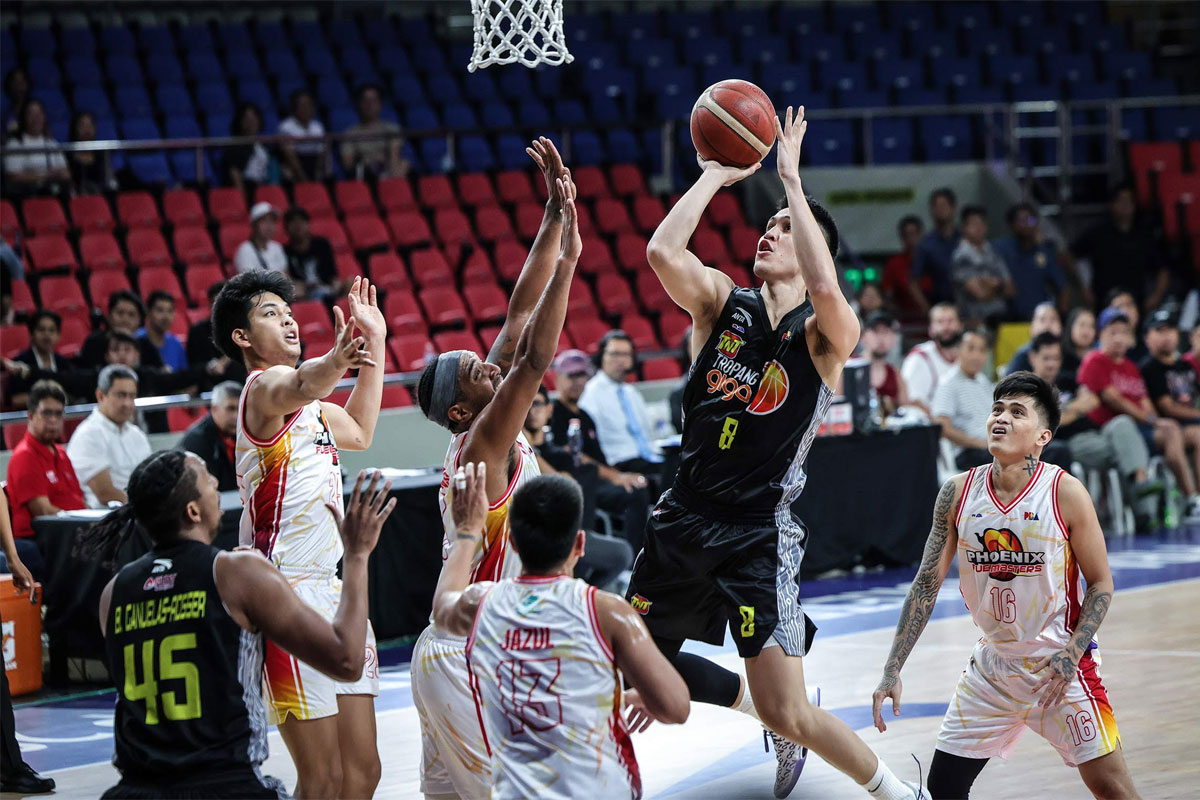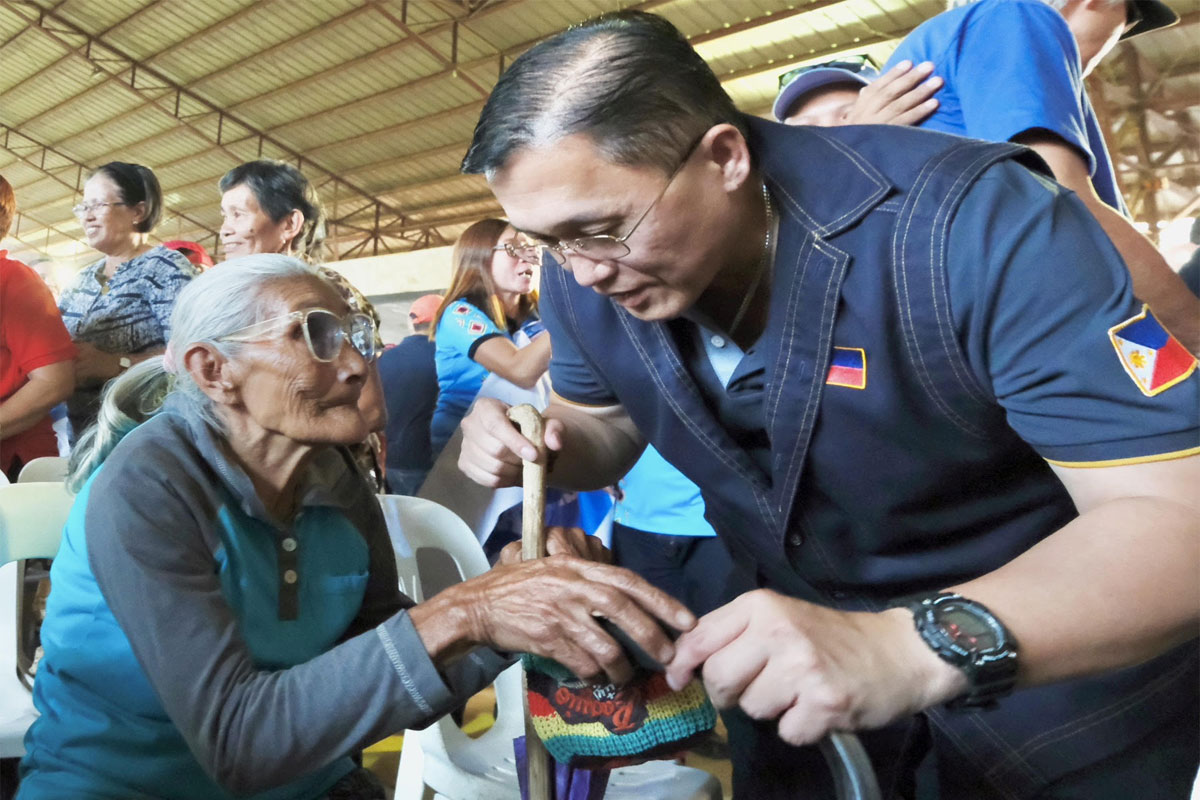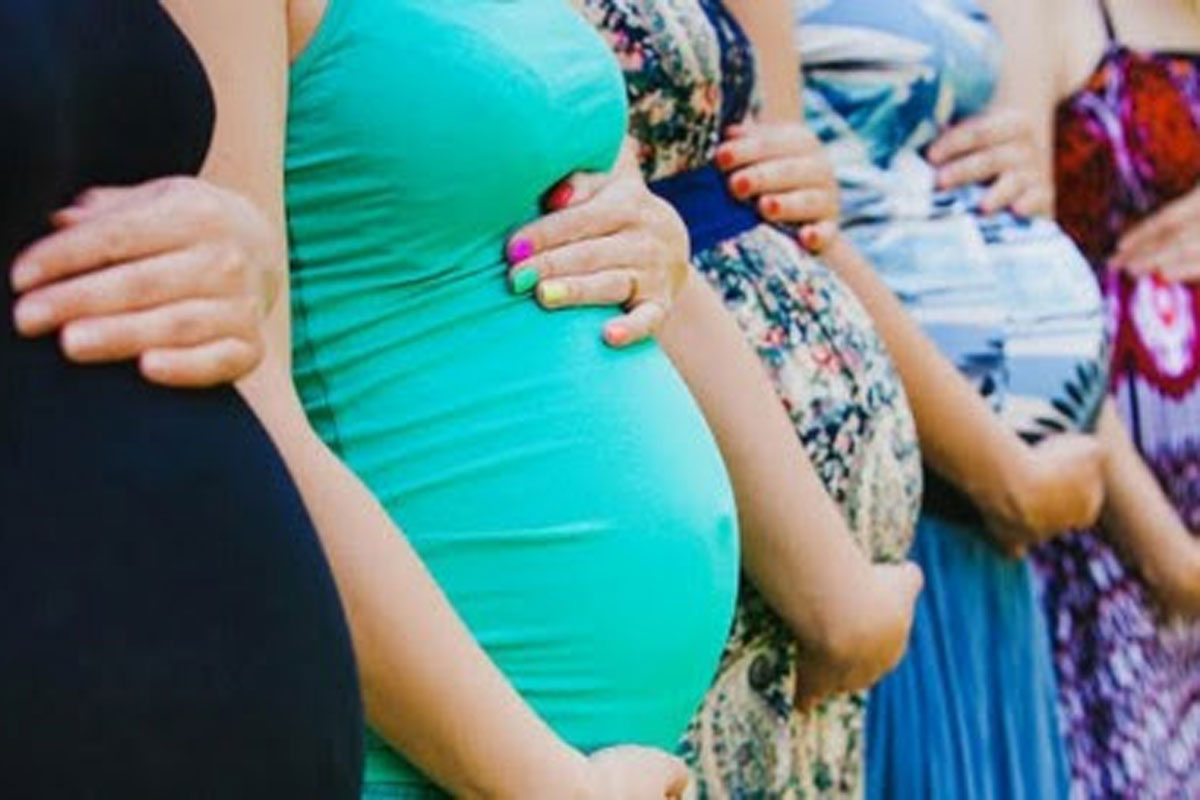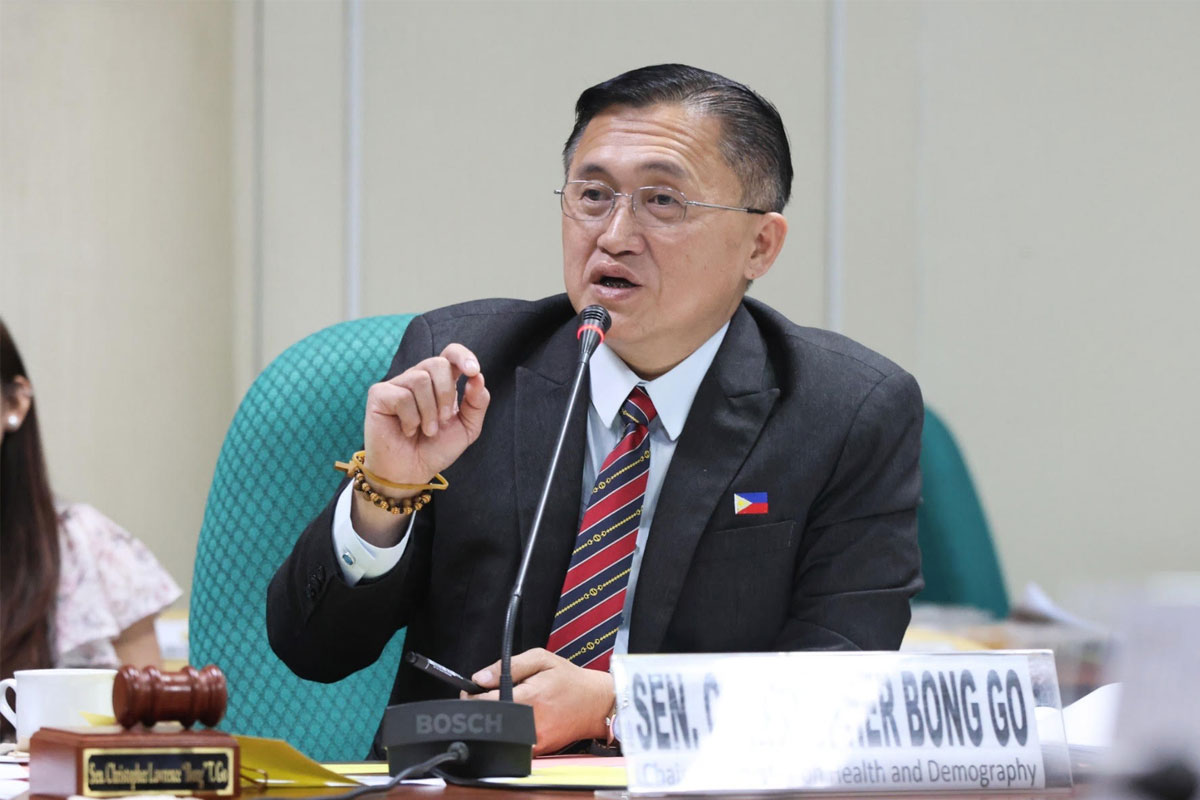
Review PCV vax scheme
Health experts urge
MEDICAL experts led by researchers from the University of the Philippines College of Public Health (UP-CPH) urgently called for a review of the 13-year-old pneumonia vaccine strategy in order to protect children against one of the leading killer diseases for kids.
The Philippines is ranked 5th worldwide in having the most number of pneumonia deaths.
In a recent forum, UP-CPH Dean and Southeast Asian Ministers of Education Organization Tropical Medicine and Public Health Network (SEAMEO TROPMED) Centre Director Dr. Vicente Belizario said there is a need to revisit the national strategy for pneumococcal conjugate vaccine (PCV) and update the national formulary in the country which can affect the medical response to pneumonia.
“A strong immunization system is paramount for prevention. There’s always new evidence coming out and we need to keep our doors open as the latest one may be the key to update our healthcare policies,” he pointed out.
The highlight of the forum was the new UP-CPH study which concluded that “a reassessment of PCV use in the country with the inclusion of all three pneumonia vaccine formulations may be warranted.”
“We now have PCV choices that will provide us greater access and protection for more Filipino children. So let us consider this technical review and presentation for our health policy and decision makers to consider when they reassess our vaccines being included in the National Immunization Program (NIP),” said research project leader and UP-CPH Department of Medical Microbiology Assistant Professor and Chair Dr. Maria Margarita M. Lota.
Health experts representing the Department of Health (DOH), the Philippine Foundation for Vaccination, and the Vaccine Solidarity Movement joined in the recommendation of the inclusion of all three WHO formulations in the NIP.
Revisiting vaccine strategy
Since 2009, vaccines have been available for invasive pneumococcal disease (IPD) caused by Streptococcus pneumoniae in infants and children from 6 weeks up to 2 years of age. However, pneumococcal pneumonia remains to be the number one cause of death in infants and young children under five, and third overall across all ages, next only to cardiac diseases and cancer. According to UNICEF, pneumonia takes one child every 39 seconds.
The three WHO-approved vaccines—PCV13 and two kinds of PCV10: PHiD-CV and SIIL-PCV— differ in their direct protection to serotypes or variations of the bacteria. PCV13, the NIP’s current vaccine, was recommended by the Formulary Executive Council in 2014 based on the locally relevant serotypes. However, according to WHO, evidence suggests that there has been a substantial change in the epidemiology of pneumococcal disease; this provides the basis for a review of the choice of vaccine with possible consideration of the ones that offer direct protection against the prevailing serotypes.
“Epidemiology is changing all the time,” said Dr. Rose Capeding, Pediatrician and Infectious Disease Specialist at the Asian Hospital and Medical Center. Her presentation’s epidemiological data showed that in 2020, 100 serotypes of the bacteria that cause pneumococcal pneumonia have been identified.
The value of direct protection
The study added that direct protection is better than cross-protection, which is offered by a vaccine to serotypes of the same species but with minor differences in their genetic makeup. “Direct protection against current pneumococcal serotypes is more effective than cross-protection. And WHO specifically recommends direct inclusion of serotypes for vaccines,” said Lota.
“Having direct protection against a disease is like hitting the bull’s eye – and in public health this is vital,” added Belizario.
The study also considers the economics of PCVs, citing the “potential savings from using a new and possibly more cost-effective formulation, the cost of averting resistant serotypes, and the availability of a new PCV with a different but comparable serotype coverage and lowest vaccine price.”
“Knowing all the evidence for the three PCVs, we can see that they are comparable. This means that we can now include these three choices so we can have greater access and availability for the NIP as well as for the private sector,” said Lota.
The UP-CPH study recommended that the Health Technology Assessment Council (HTAC), the DOH’s independent advisory board on funding health interventions and technologies, may consider doing its own survey. It cited as reasons “new formulations with a lower vaccine price and a different rate of reduction in the number of cases and deaths averted.”
Global parity
Ultimately, the accessibility of all three WHO-approved PCVs in the country and the advantages they bring can elevate the healthcare system in the Philippines to be at par with other GAVI-vetted countries that have all three WHO-approved vaccines in their national formularies. The Philippines is a member of GAVI, an international alliance that aims for improved vaccine access for children living in the world’s poorest countries.
Dr. Lulu Bravo, Executive Director of the Philippine Foundation for Vaccination and Convenor of the Vaccine Solidarity Movement emphasized the importance of immunization: “Prevention tops everything else. If you prevent disease, you will prevent our healthcare system from being overwhelmed. Immunization is at the core of disease prevention. If we focus more on primary healthcare which includes vaccines, we can prevent diseases. We start at the pediatric level,” she said.
Earlier, Congress signed House Resolution (HR) 2492 which called for an investigation of pneumonia vaccines in the country and the economic implications of using only one formulation, PCV13, when a less expensive option, PCV10, is also available. The WHO had declared that both formulations are at parity and not inferior to each other. However, to date, only PCV13 has been made available in the Philippine market since 2014.


